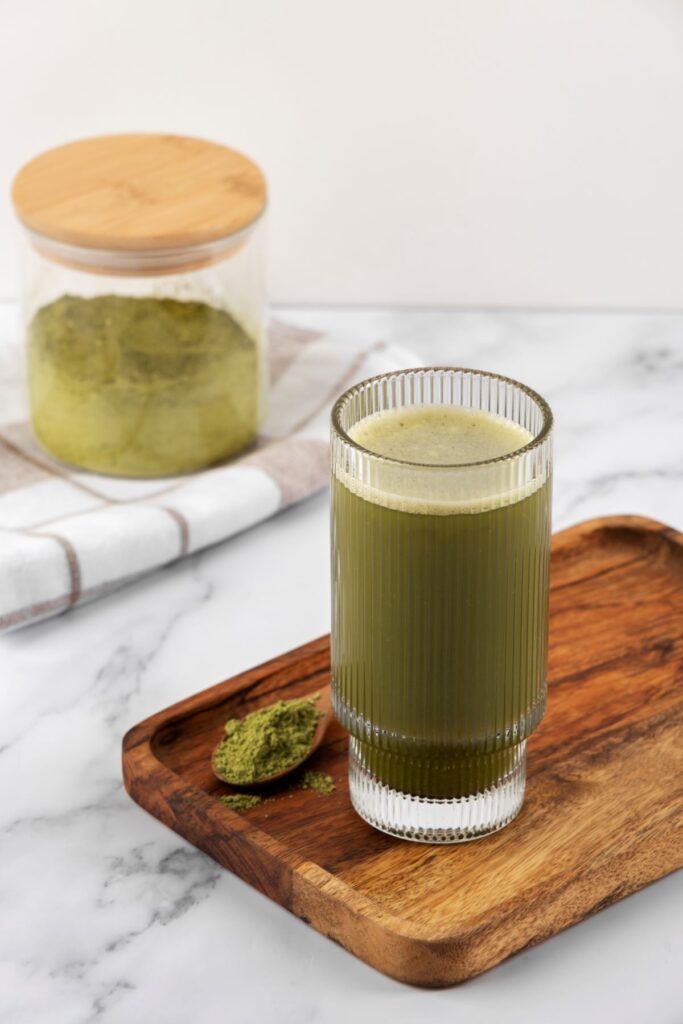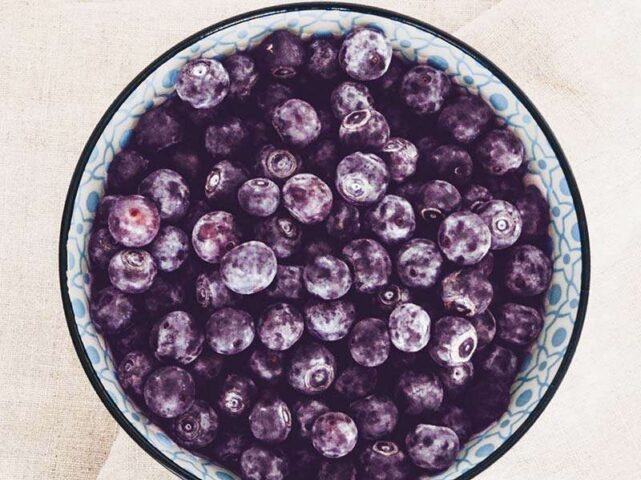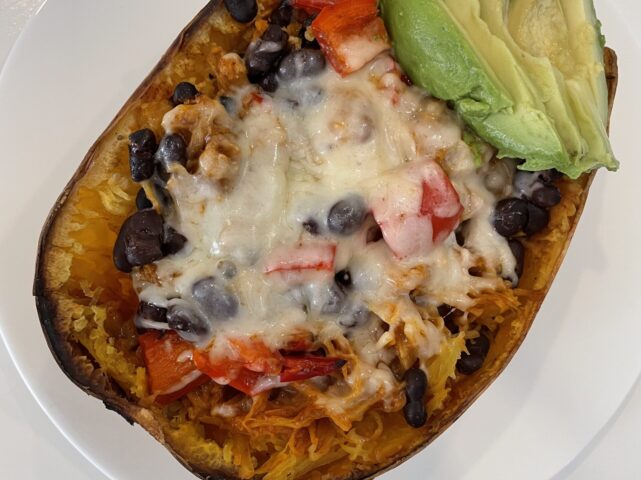By Laura Cipullo, Whole Nutrition Services Team
Should Women Take Protein Powders?
Whey protein is like any other protein. Women need not fear protein powders. A protein powder does not increase body size. Studies have shown that obese women who reduce their intake by 500 calories a day following a higher protein diet, actually fair better than women on a higher carbohydrate diet. Both groups lost weight, however the group taking the protein supplements lost more fat and retained a higher lean muscle mass.
The lesson is eating more than one needs, whether protein, carb or fat, will prevent weight loss and cause weight gain. If a woman is lifting weights and not adjusting her daily diet, she can get larger in size, but it is not from the protein but rather the total calories consumed.
I always recommend a macro meal also known as a mixed meal. This means all women should be aiming for protein, fat and carbs at each meal for even energy and hormone production. This also means that, if you want a smoothie for a snack, be sure to add protein powder to slow the absorption of the smoothie’s sugar content.
Why Matcha and Maca?
Matcha Tea is a powdered form of whole green tea that provides more antioxidants, specifically Catechins, than other green teas.1
These antioxidants have many health benefits and may even boost the breakdown of fat2. However, I originally bought Matcha Tea because it is used in Starbuck’s green tee lattes, which I love. Now, I use Matcha Tea in smoothies and even baking.
Maca powder is a South American root vegetable originally used to give Incan warriors strength and endurance during long journeys and battles.
Studies show that many compounds found in Maca powder also protect our bodies from oxidative damage and inflammation.3
Maca is neutral in taste but a great boost of antioxidants for a smoothie.
Here is a great protein smoothie with whey protein powder from Deanna Ronne, nutrition. It’s her favorite post run snack:
“This smoothie is SO delicious and full of fuel,” she says. “It leaves me satisfied and energized without feeling bloated. While your body is in a state of recovery after a long run, it is time to refuel your muscles with this easy smoothie. If mom is making this smoothie, read how to share with your child below.”
Recipe
Ingredients:
1 Scoop Vanilla Whey Protein Powder
1 tbs. Loose Matcha Tea powder.
½ cup milk (Use dairy, almond, soy, and or coconut milk.)
1 small banana
1 small apple (keep the skin to keep the fiber!)
1 cup spinach
1tsp Maca Powder
3-4 ice cubes
1tsp cinnamon
Directions:
Blend all the ingredients up with whatever blender you have and enjoy!
If you are not using this as a post-workout meal and don’t feel that you need an entire scoop (typically about 20g) of protein, you can just use ½ a scoop, or get rid of it all together! If you are making this smoothie for a child, see below.
How Much Protein for a Child?
If you are looking for a way to sneak some protein into your child’s diet, smoothies are a great idea. However, children (ages 4-8) only need about 19 grams of protein a day, compared to the 46 grams an average adult female needs.4 One scoop of whey protein is about 20 grams of protein, exceeding what a child needs for the entire day! The serving size of most protein powders is 25-30 grams per scoop (about 1.5-2 tbs.).* So, for children, ages 4-8, it might make more sense to only use ½ tbs. of protein powder, only providing about 5 grams of protein. For children, ages 9-13, the protein requirement increases to 36 grams a day.
(*estimated.)
- D.,& Anderton, C. (n.d). Determination of catechins in matcha green tea by micellar electrokinetic chromatography. Journal of Chromatography A, 173-180.
- Dulloo, A. G., Duret, C., Rohrer, D., Girardier, L., Mensi, N., Fathi, M., … & Vandermander, J. (1999). Efficacy of a green tea extract rich in catechin polyphenols and caffeine in increasing 24-h energy expenditure and fat oxidation in humans. The American journal of clinical nutrition, 70(6), 1040-1045.
- Wang, Y., Wang, Y., McNeil, B., & Harvey, L. M. (2007). Maca: An Andean crop with multi-pharmacological functions. Food Research International, 40(7), 783-792.
- National Academy of Sciences. Institute of Medicine. Food and Nutrition Board. Dietary Reference Intakes for Energy, Carbohydrate. Fiber, Fat, Fatty Acids, Cholesterol, Protein, and Amino Acids (2002/2005).








